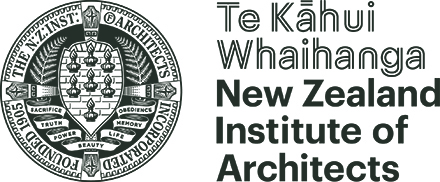Unlocking better building performance and healthier homes
We are excited to release the results of the Energy Modelling Practices for Design and Compliance Survey. Thank you to everyone who participated, with special thanks to Joe Lyth and Elrond Burrell.
As Aotearoa moves toward a net-zero carbon future by 2050, energy modelling remains under utilised despite its potential. Most projects still rely on prescriptive or basic calculations rather than advanced modelling. While Clause H1 permits energy performance verification, it's not required for all projects – meaning optimisation often takes a back seat to compliance.
H1 compliance modelling often uses simplified assumptions that don't reflect actual energy use. Predictive energy modelling, however, enables better design, supporting decisions on insulation, ventilation and material selection that balance embodied carbon and thermal performance. The result: improved comfort, lower energy use and reduced costs.
In Australia, around 90% of new homes are modelled under the Nationwide House Energy Rating Scheme (NatHERS). In the UK, modelling is mandated for all homes, with the upcoming Home Energy Model set to further improve accuracy.
Concerns about cost are often overstated. An Australian study found that raising energy ratings from 5.9 to 7.1 stars added just $37 on average to build costs – easily offset by savings on energy bills.
Survey results show that traditional compliance methods still dominate, with the Calculation Method being the most widely used. Only 38% of respondents use predictive modelling. A skills gap persists and performance risk assessments (e.g. for thermal bridging or moisture risk) are rarely conducted despite their role in occupant health and long-term building performance.
The Institute has urged the government to modernise design standards, phasing out outdated methods, introducing predictive energy modelling for townhouses as a starting point, and establishing absolute performance targets. Upskilling architects are key to success. Energy modelling isn’t only about compliance; it is about building better, healthier, and more resilient homes for the future.




